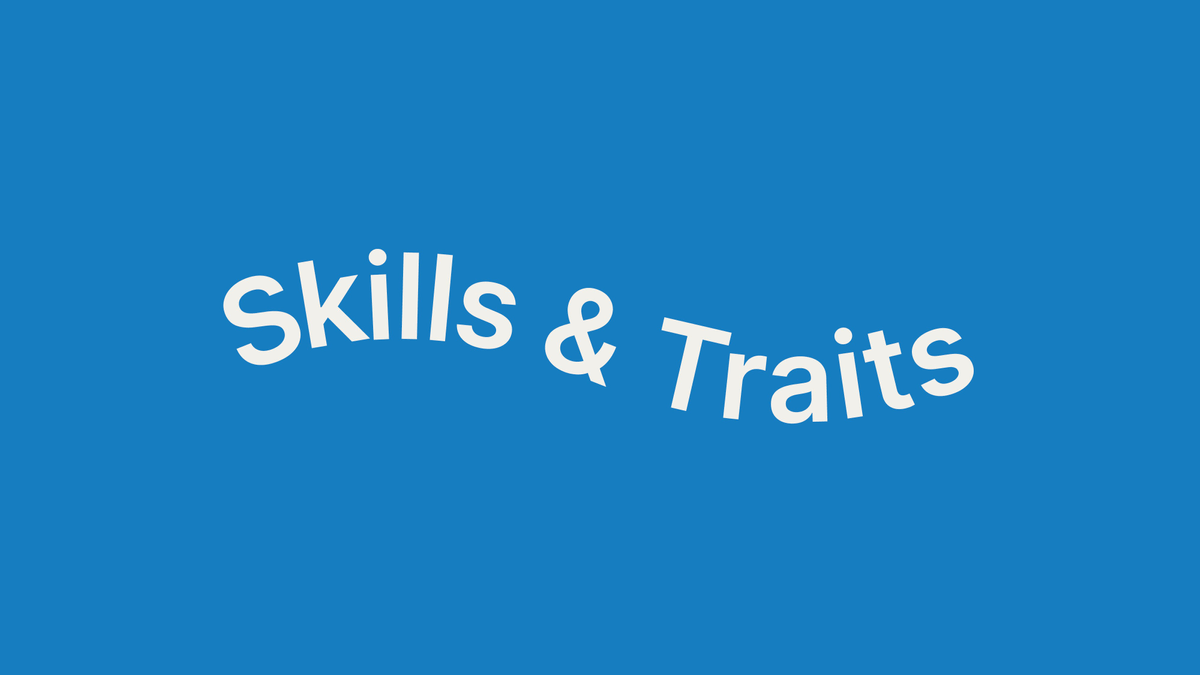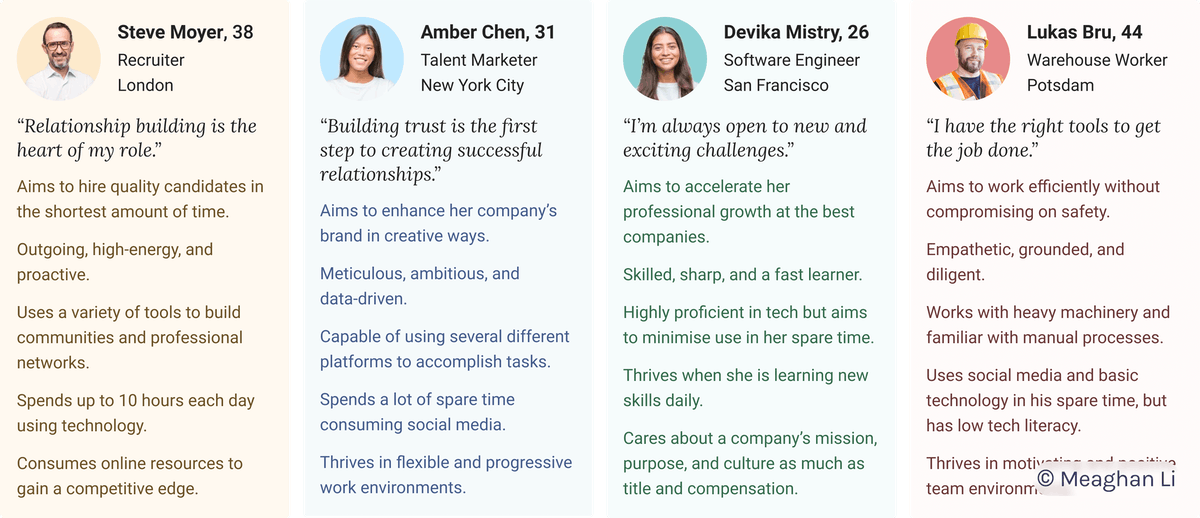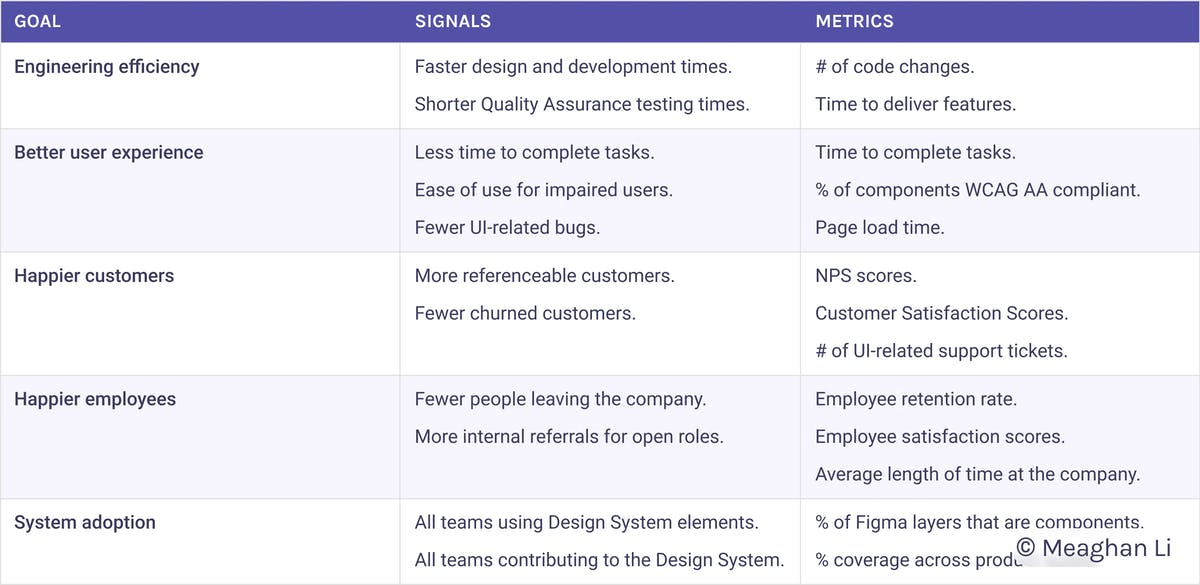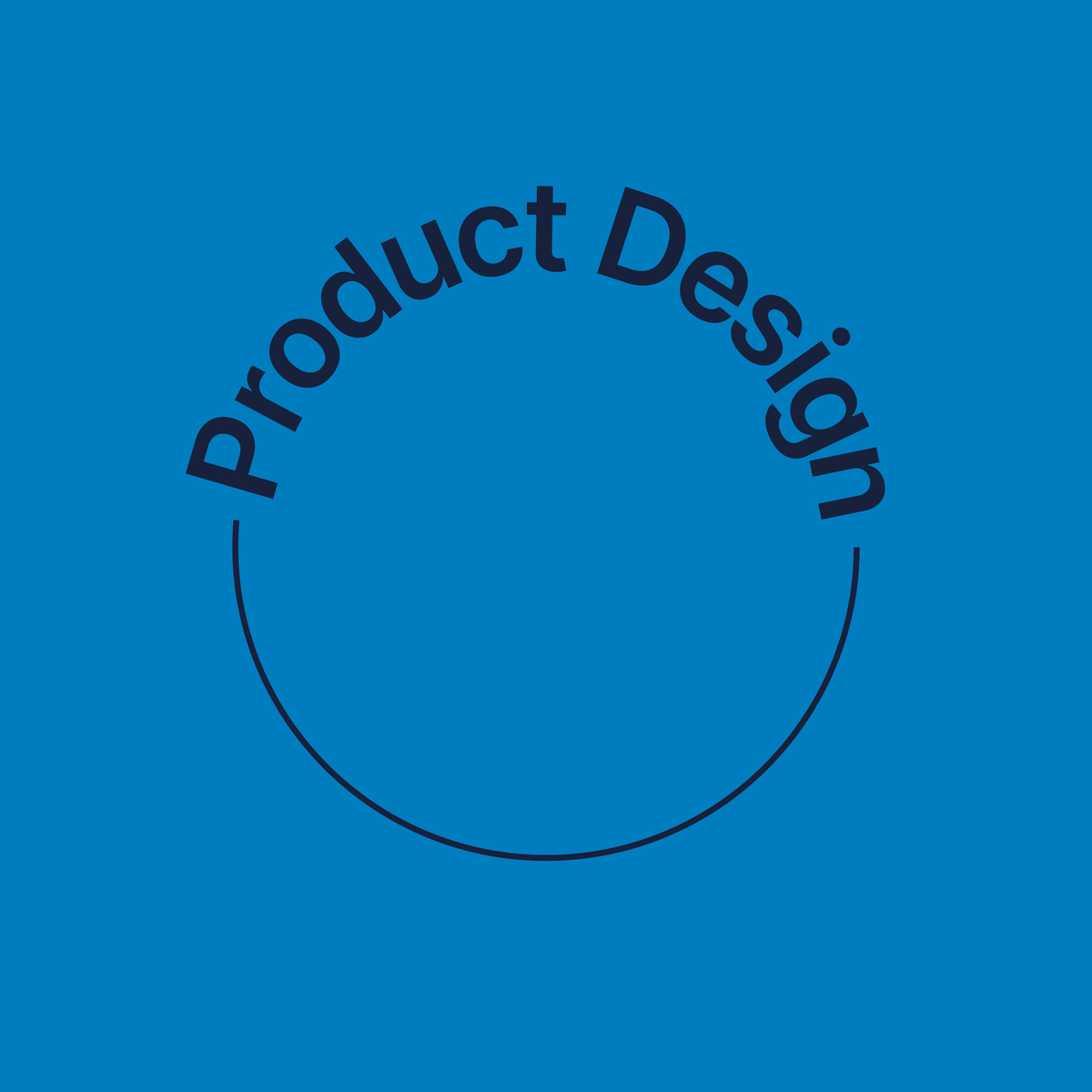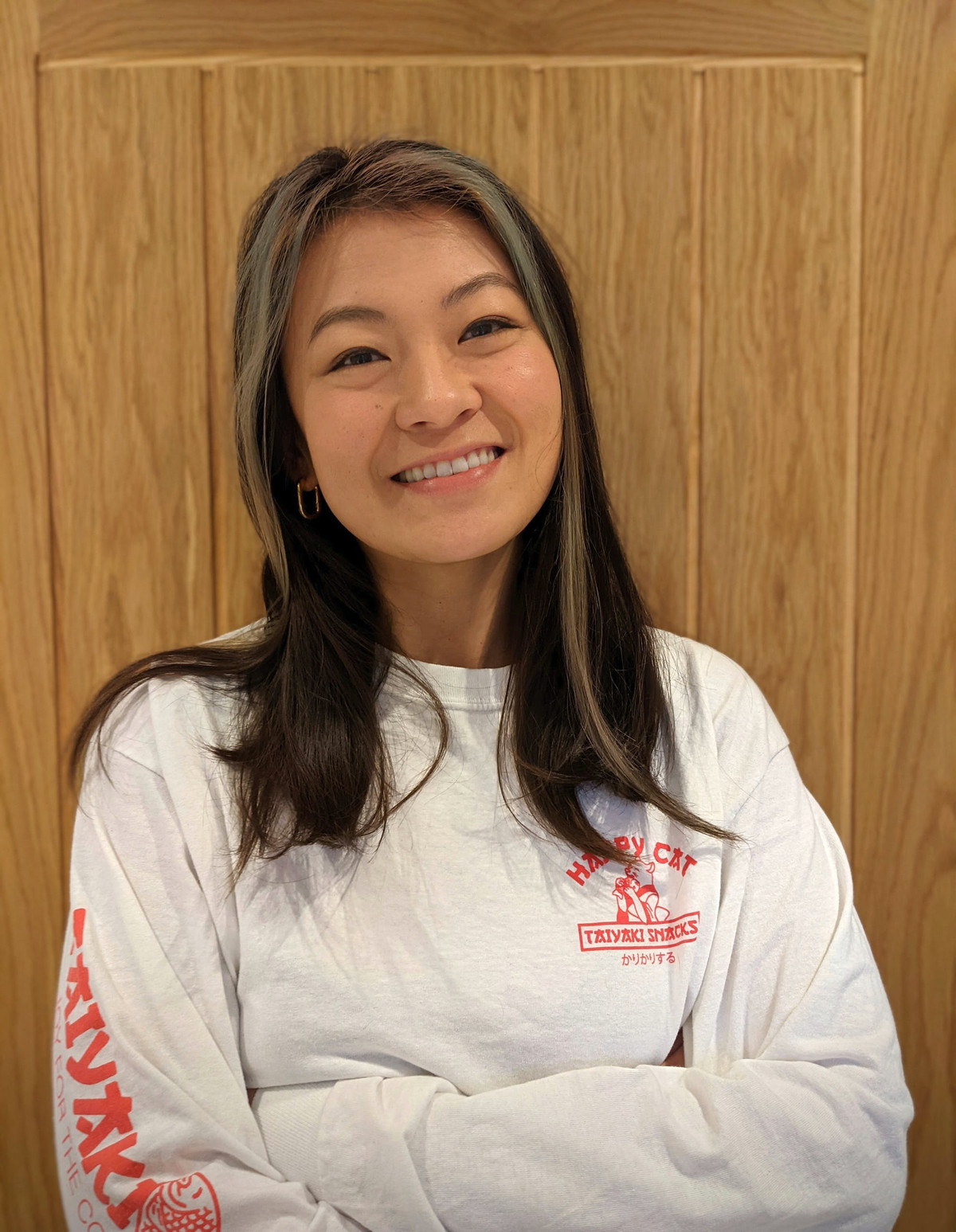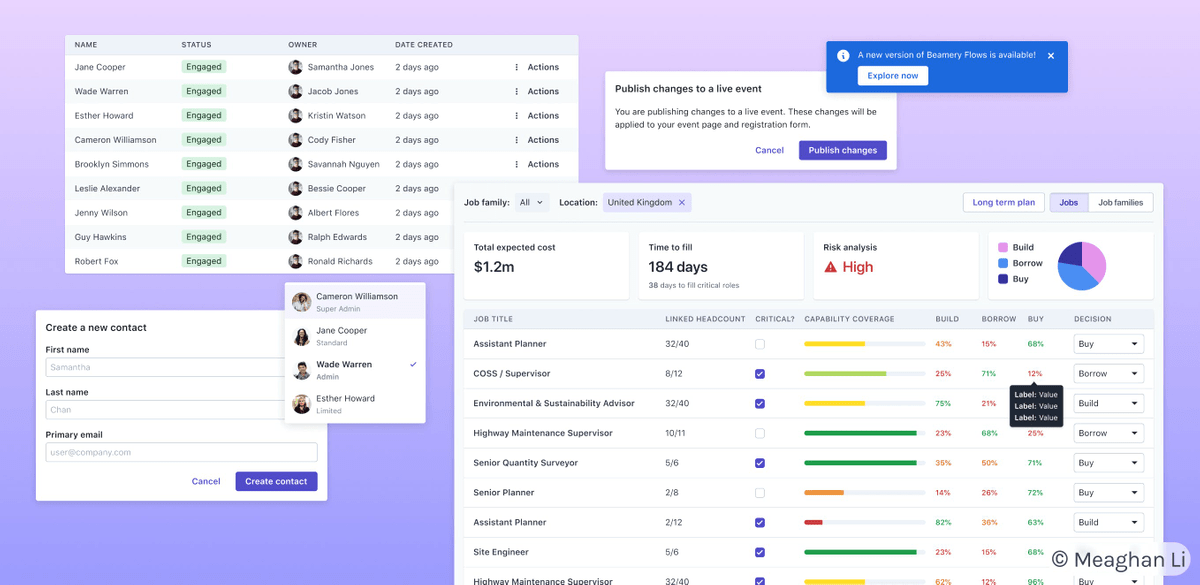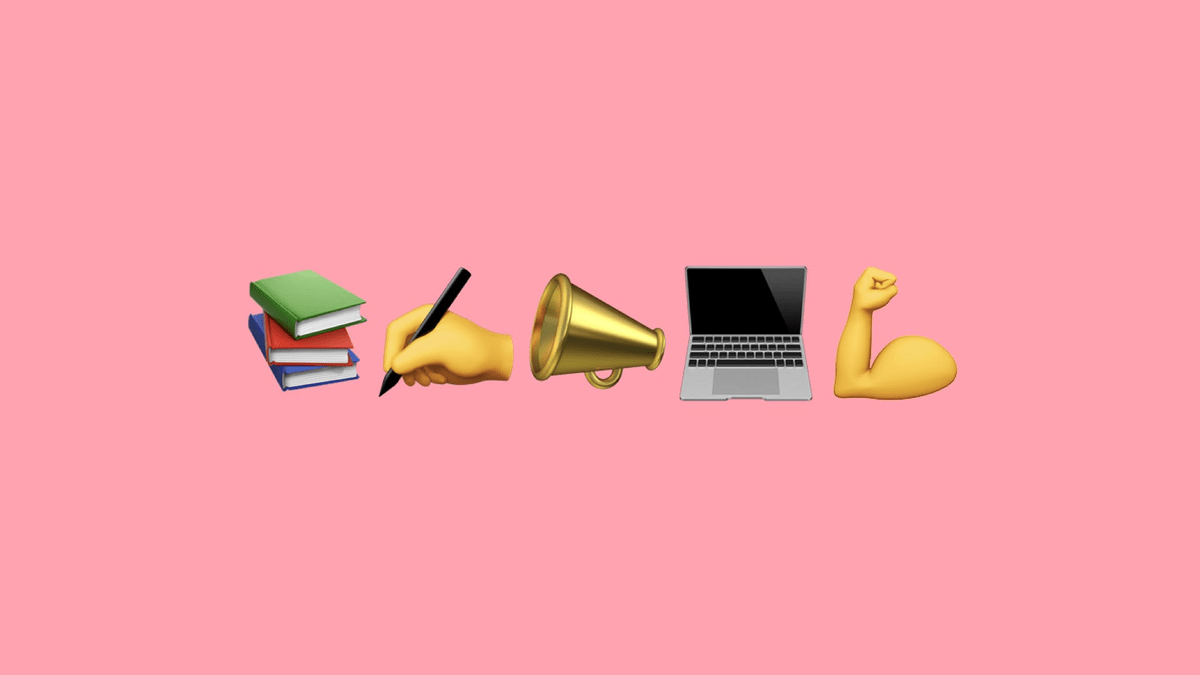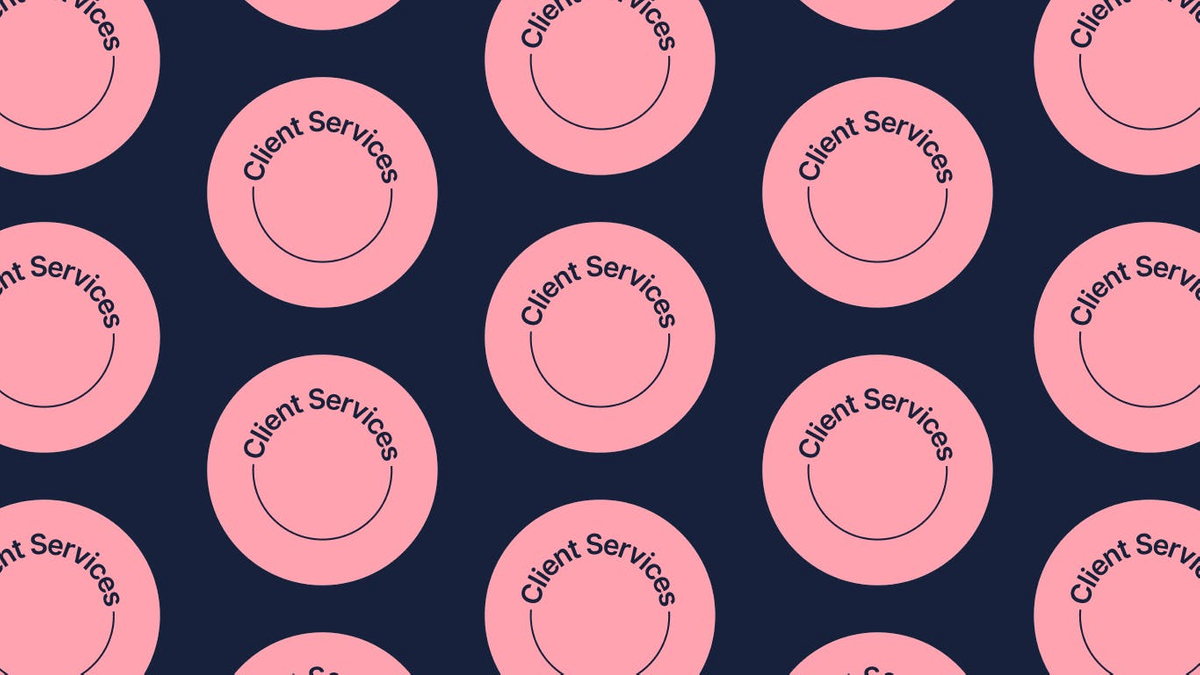Product Designer Skills & Traits
Words by Meaghan Li, Product Designer (UX/ UI)
— February 2021
Here in part two of three features, Meaghan helps us understand the soft-skills required to becoming an excellent Product Designer. If you want to learn more about what Product Design actually is, you can find her first piece 👉 here 👈.
What skills and traits do I need to succeed as a Product Designer?
As a Product Designer, you can easily pick up technical skills on the job or through self-led learning. However, great Designers are also distinguished by several soft skills:
Empathy
Product Designers use an empathy-led approach to center user needs when tackling complex problems. By taking the time to understand your users and put yourself in their shoes, you will be in a better position to deliver solutions that meet their needs. By creating deliverables based on research, such as personas and journey maps, you can also help other team members empathise with users.
User personas are representations of your key users, based on research data, that help internal team members understand user needs.
Self-led learner
Proactive Product Designers commit ourselves to a lifetime of continuous learning and self-improvement. We take charge of our own development and eagerly await new challenges.
Every single day, I learn something new in my role, whether it’s a new development tool or a better way to communicate with team members. The digital industry is constantly evolving, and there’s an endless stream of new technologies, tools, and methods that Product Designers need to stay on top of.
Skilled communicator
Product Designers are skilled all-round communicators (including visual, written, and verbal communication). You need to confidently articulate the process and decisions behind your work. When challenged by team members, users, and decision-makers, be prepared to draw upon a body of research, industry insights, and design philosophies to back up your decisions.
Data-driven decision-maker
Designing and developing digital products is a costly process. As such, Product Designers need to ensure that design decisions are based on data, feedback, and user insights rather than unfounded assumptions. At the start of a project, define a set of SMART (Specific, Measurable, Attainable, Realistic, and Time-bound) goals to guide your work and measure outcomes.
Product Designers are guided by data and strive to yield measurable results.
See our latest posts
